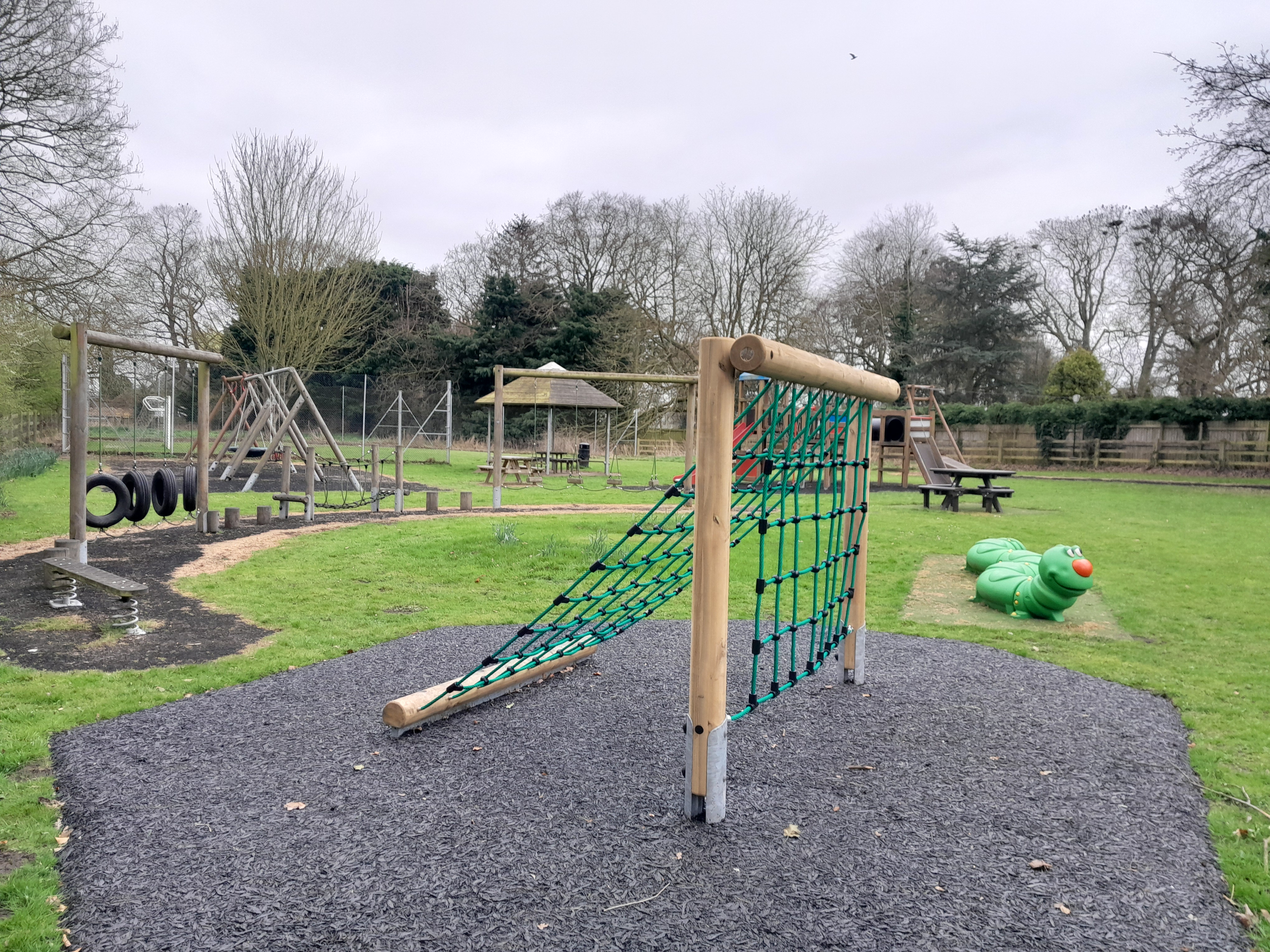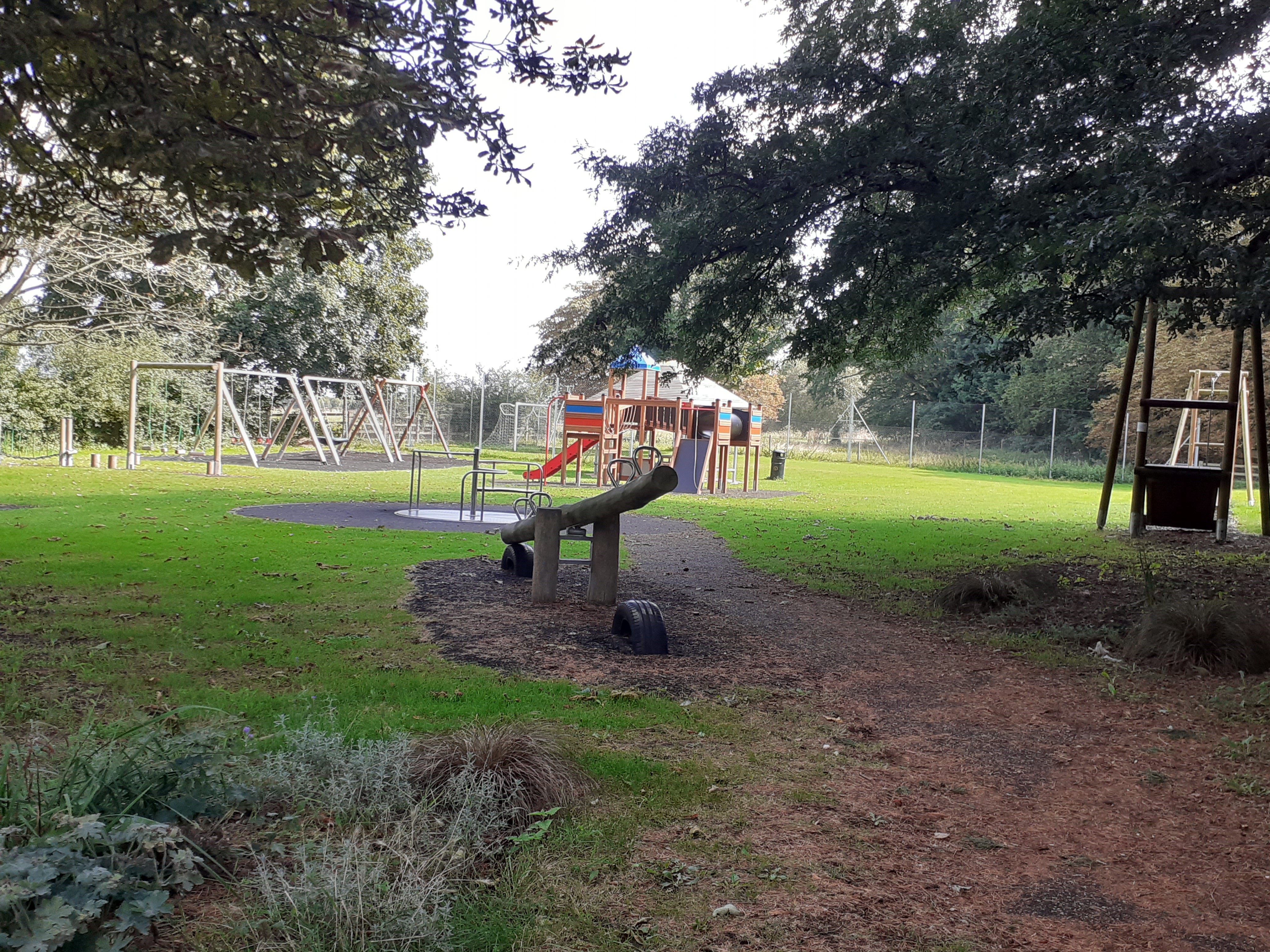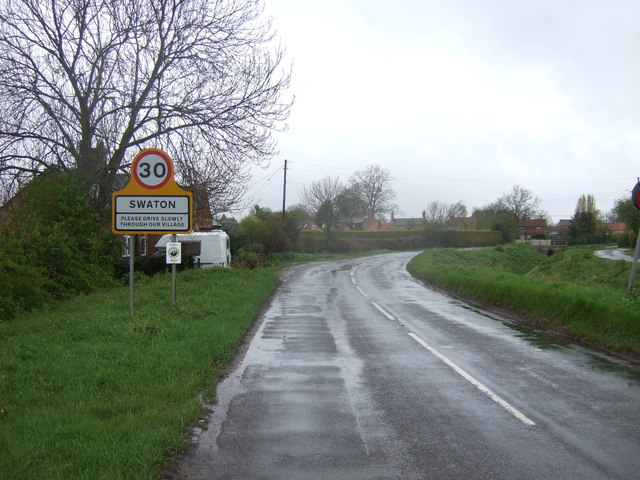
Swaton Lane
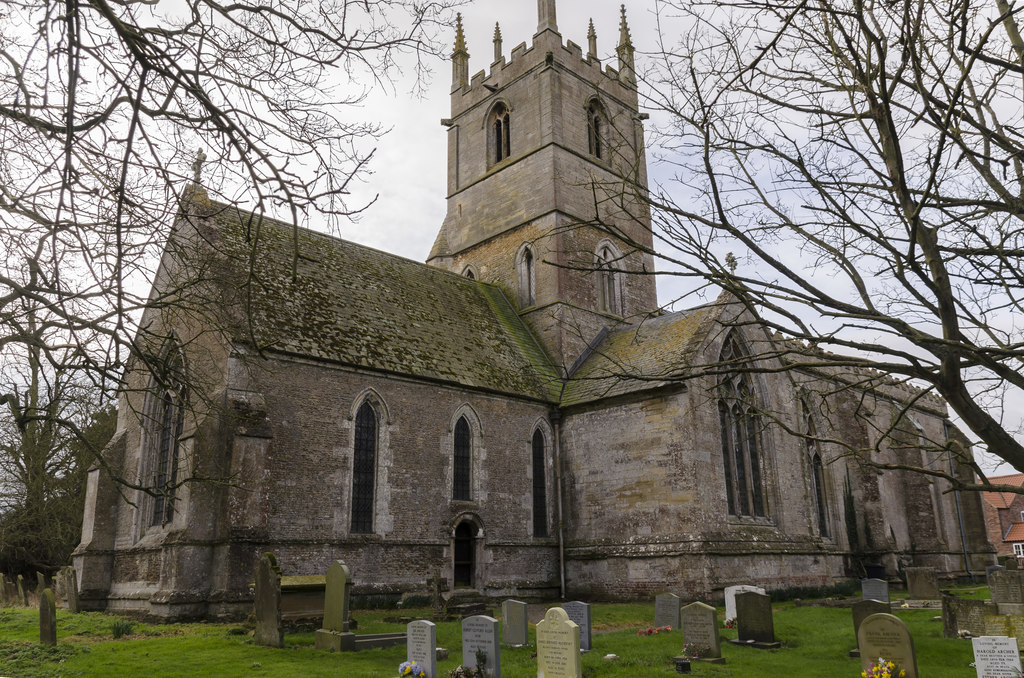
St Michael's Church, Swaton
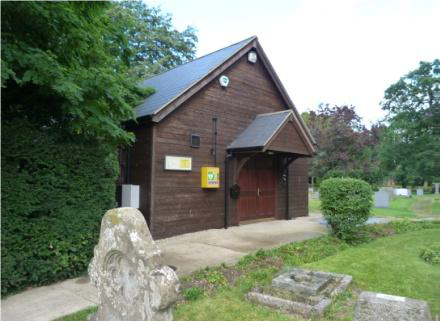
The Village Hall (AKA The Hut)
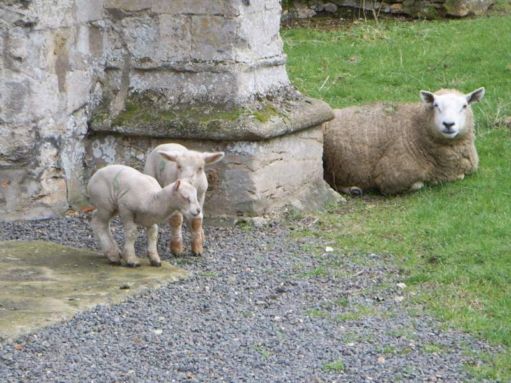
Swaton in Springtime
Welcome to Swaton
Swaton is a quiet, rural village surrounded by Crown farm land within the district of North Kesteven. Our nearest town is a quick 10 miles away with a good range of supermarkets, shops and services. The larger towns of Boston, Grantham, Spalding & Bourne are all within a 20 mile radius.
Swaton is fortunate in having an active Parish Council which strives to ensure the village has the amentaties it needs whilst enjoying a quiet country lifestyle.
Swaton has around 90 houses sited on the 4 roads contained within the village. With a small but active community of a few hundred people, Swaton has a well-attended village hall, a newly equipped all-inclusive children's park and an 11th century church with a large & impressive stained glass window. The mobile library visits regularly and just in case of medical emergencies there is a defib in the centre of the village.
Our Village hall - affectionally known as The Hut - hosts numerous weekly, monthly and annual activities including a Tuesday Craft Group, Friday night bar, Saturday morning cafe, monthly cinema and book clubs as well as twice yearly quiz nights.
With its big open skies, great views & easily walkable landscapes, North Kesteven (& Linconshire as a whole) is a great place to visit to enjoy superb countryside - come and take a look for yourself.
A couple of useful links to get you started on your discovery of our region are listed below
https://getoutside.ordnancesurvey.co.uk/local/swaton-north-kesteven
https://www.lincolnshire.gov.uk/coast-countryside/walks-lincolnshire
The History of Swaton
Swaton is a long, linear village with about 90 houses. It's situated in the South of North Kesteven just off the A52 along the B1394, 10 miles from it's nearest town of Sleaford and not too far from Boston, Grantham, Bourne & Spalding.
Swaton is a small, peaceful place but it's history is long and eventful !
Prehistoric Swaton
The first sign of man in Swaton is evidenced by a polished stone axe, dating around 6000BC from the Mesolithic period. There are a number of sites in the village indicating Stone Age settlements. Lots of worked flints and stone pot boilers have been found. As yet there is little evidence of the Bronze and Iron Age periods.
Roman Swaton
The Physical evidence for the Romans in Swaton is vast, huge amounts of pottery have been found, some of it high class. The Romans constructed Car Dyke which runs along the East side of the village. During Roman times, Swaton was situated along the coast line which, as time passed, receded leaving salt marshes. The Romans utilised the salt, evidence of Salterns have been found in the village.
Saxon Swaton
The name Swaton dates from this period. One of the earliest forms of the name Suavetone means Swaffa’s Farmstead. There seemed at one time to be little evidence of the Saxons in Swaton. Then over the last few years different things have come to light. A young lady in the Village found part of a decorated cremation urn. Also pieces of Saxon cookware have been found. A French ecclesiastical document refers to a Church in Swaton in the 9th century.
Norman Swaton
Swaton is mentioned in 3 places in the Doomsday book. According to the records Swaton was a very wealthy place with the land being split between 3 owners. William the Conqueror gave Swaton to Wido de Credon, a King’s thane. The Church of St Michael dates from this period, there are remnants of chevron moulding from what looks to be the start of an archway. A large amount of Norman pottery has been excavated in the village, which ranges from everyday domestic ware through to expensive ware.
Medieval Swaton
Swaton in the medieval times became a very important place, changing ownership between Kings and Earls. After the Norman period Swaton came back into royal possession. Later it was given by Henry II as a dowry to Matilda de Verdun. Matilda's daughter, Nicola de la Haye, married Gerald de Camville the constable of Lincoln Castle, after his death she became the constable and held the castle against a French siege for King John. She was buried in Swaton Church. There is a tomb in St Michael’s Church of a lady with a dog at her feet and for a long time it has been supposed that this was of Nicola de la Haye. However the UK’s leading expert on Nicola de la Haye states that this is not the case and the effigy is likely to be either Idonea Longspee or Ella Longspee, Nicola’s daughter or granddaughter.
In this era Swaton had a weekly market on a Friday and two four day fairs in the year, granted by Henry II and later by Edward II. Towards the end of the medieval period Swaton was given to the Abbots of Barling. From this point Swaton’s importance went into decline.
Dissolution
In the dissolution the abbots of Barling lost Swaton and it was given to the Lee Warner Family of Norfolk it remained in their family until the end of the 19th century.
Highlights of Swaton History
There is rumour that, along with many other churches in the area, the horses of Oliver Cromwell’s troops were housed in the churches while the men slept in the churchyard on their march to Newark.
Battle on the common. In 1689 Scottish troops in Ipswich, discontented with their lot, mutinied and made North for Scotland, they took with them the cannons and the regimental finances. They arrived in Swaton in March during some very bad flooding. The King, William of Orange, sent his General Godert de Ginkel after them. He caught up with them and a battle took place on Swaton Common. The mutineers lost and were held prisoner at Folkingham Church.
So next time you are passing through Swaton you will know it wasn’t always a peaceful quiet place.

